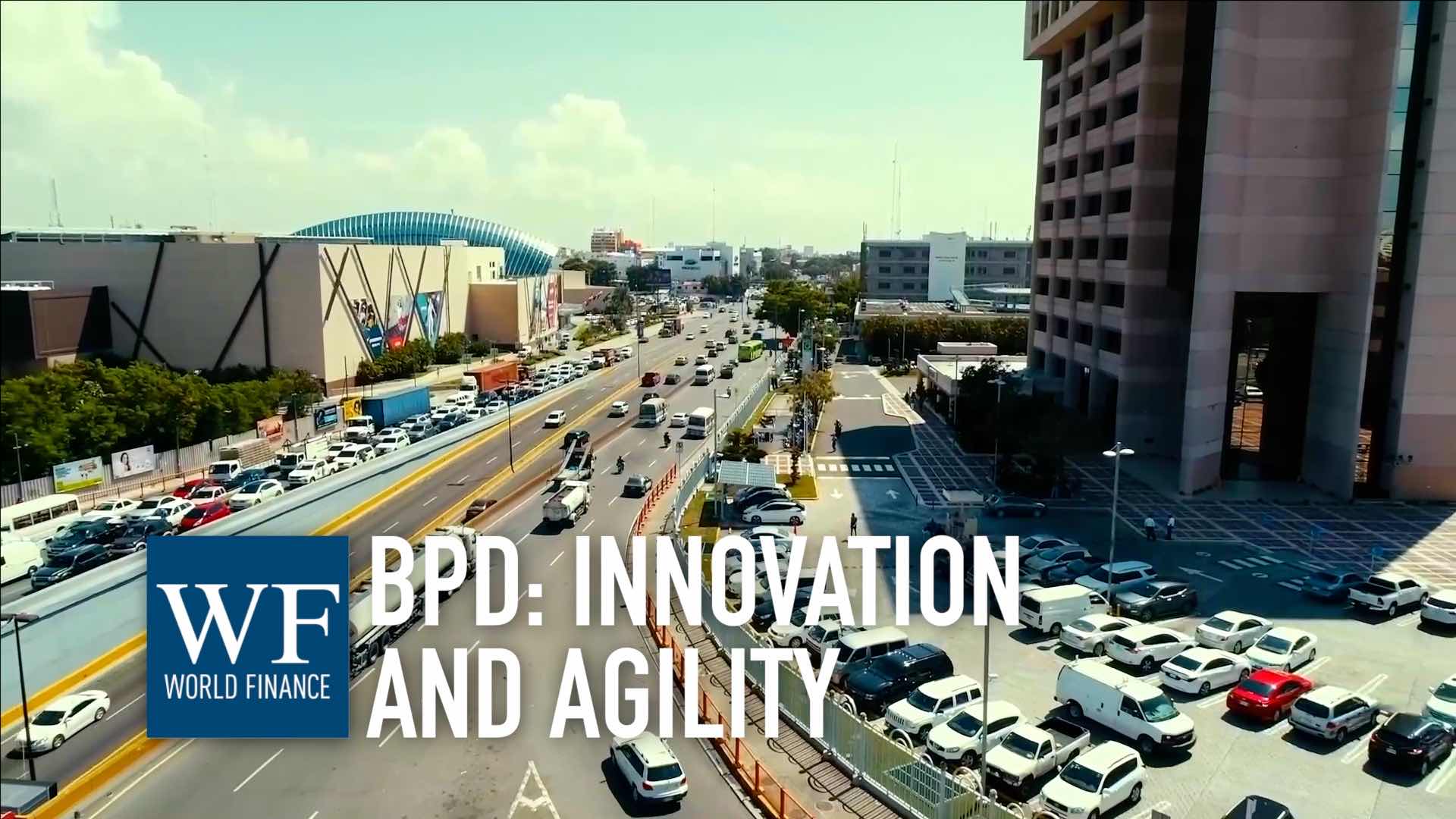Ascott REIT on target for S$6bn assets as Asia’s hospitality market booms
Ascott Residence Trust Management CEO Ronald Tay says new acquisitions and hot growth in Asia will see Ascott meet its target
Related:
Transcript
The real estate market in Asia has been sizzling over the past years. And with the region an important destination for business travel, it’s sparked demand for serviced residences. Ronald Tay, CEO of Ascott Residence Trust Management, talks about the REIT’s growth prospects, Ascott’s latest acquisition in New York’s Times Square, and the differences in hospitality across different regions.
World Finance: The real estate market in Asia has been sizzling over the past years. And with the region an important destination for business travel, it’s sparked demand for serviced residences. With me to discuss is Mr Ronald Tay of Ascott Residence Trust Management.
Mr Tay, it’s been nine years since Ascott REIT launched: what’s been your management strategy, and how do you ensure the stable and growing distribution for unit holders?
Ronald Tay: Today, I’m quite proud to say that Ascott REIT is the largest hospitality REIT that’s listed on the Singapore stock exchange by asset size, as well as by market capitalisation.
We have a three-prong strategy. First, we have been very aggressive and active on the acquisition front. Second is in terms of active asset management: all the assets that we own, all the properties that we own, we ensure that they are up to date. This is obviously to drive the revenue path of the property, and to drive the underlying performance as well.
And the last prong is in terms of prudent capital management – that is in terms of our balance sheet management, how we hedge our interest rate risk and our foreign exchange risk to mitigate the volatility of the earnings of the REIT.
World Finance: We have of course been hearing a lot about the Asian growth story, so is Asia a key growth market for you? And why?
Ronald Tay: If you look at our acquisitions over the last 18-24 months, I would say the bulk of them would be from Asia.
Europe obviously is a big market for us; it’s a very important market. But Europe is a more stable market for us. Whereas, if you look at the growth market in Asia, according to some IMF studies, in 2015 and 2016 Asia is looking at GDP growth of about five to six percent.
And that is primarily one of our key growth drivers as well. Because we are focusing on the corporate market, the extended stay market. So key indicators like GDP growth and FDI growth are important factors for us. And that is where I think in the medium to long term, Asia will be the growth market for the REIT.
World Finance: You’ve set a target asset value SGD6bn by 2017 – are you on track?
Ronald Tay: We have been growing very aggressively since our listing in 2006. Today our asset size is about SGD4.7bn, and we will reach about SGD5bn by 2017 with one of the contracts that we have signed. Over the last 18 months we have acquired about 14 properties.
We hope to continue this growth momentum, and I think given that our mandate is a global mandate, we will look at Asia, Europe, and of course most recently we have gone to the US market as well. So these are the markets we will be targeting, and keeping our fingers crossed we should be able to reach our SGD6bn target.
World Finance: Why did you choose to enter the US market? And why Times Square in particular?
Ronald Tay: Obviously it’s a very, very developed, very mature market, the US hospitality market. But to be a global hospitality player, we cannot ignore the US market. And also, over the last two years or so, the US economy has been on the upswing.
Why Times Square? We focus mainly on business cities, so where else to go but the Big Apple, New York City itself. It’s a great location, midtown Manhattan, just five minutes walk from Times Square. But most importantly it is built as an extended stay product, which is very similar to what we do.
So we like the product, we like the location. Obviously the pricing is something that we find attractive as well. So that’s our maiden acquisition in the US: hopefully more to come.
World Finance: And finally, how does the hospitality market differ in different regions, from the Asia-Pacific to Europe, and indeed to the Americas?
Ronald Tay: In the US and Europe, it’s a much more developed market compared to Asia. Asia of course includes some of the emerging markets like the Philippines, Vietnam, and even Indonesia. Because of the difference in developing markets, the average length of stay in Europe and the US tends to be a bit shorter, because there are a lot more accommodation options available in developed markets such as Europe and the US.
The other main difference is that of course, being more developed markets, the capital values of the real estate in Europe and the US tend to be a lot higher, compared to Asia.
It’s important for us to have a good balance between the developed market, where the income is a lot more stable, and the growth market in Asia, which gives us the growth in terms of revenue and income stream over the medium to longer term.

 Prepare now for aggressive shareholder activism under Trump 2.0, says Kai Liekefett
Prepare now for aggressive shareholder activism under Trump 2.0, says Kai Liekefett Banco Popular Dominicano: Digitalising Dominican finance
Banco Popular Dominicano: Digitalising Dominican finance Read more from Ascott Residence Trust Management
Read more from Ascott Residence Trust Management
